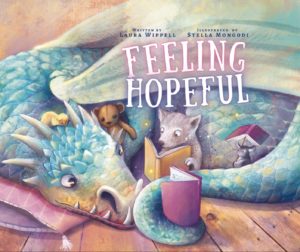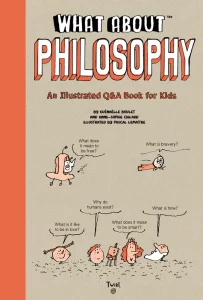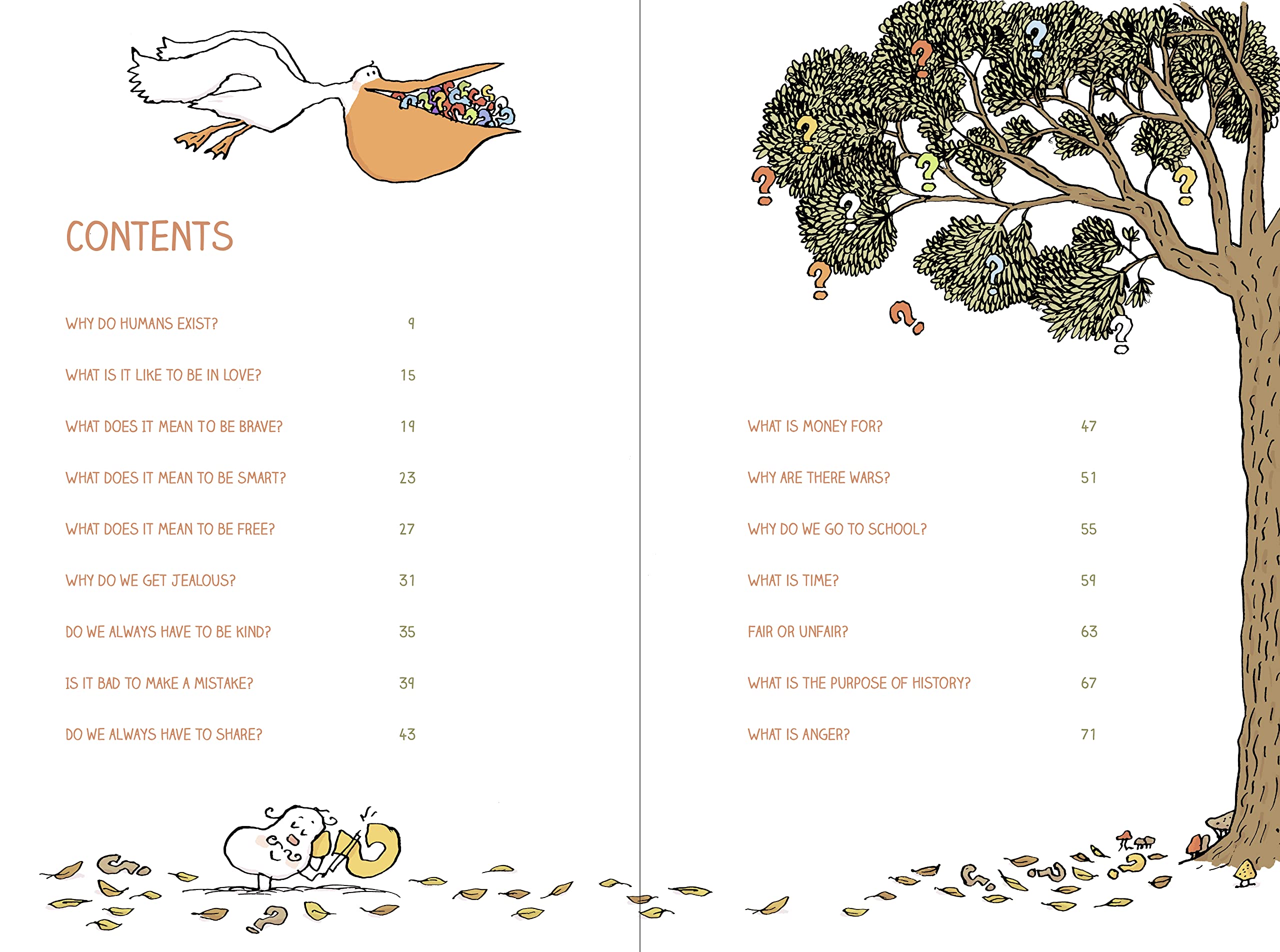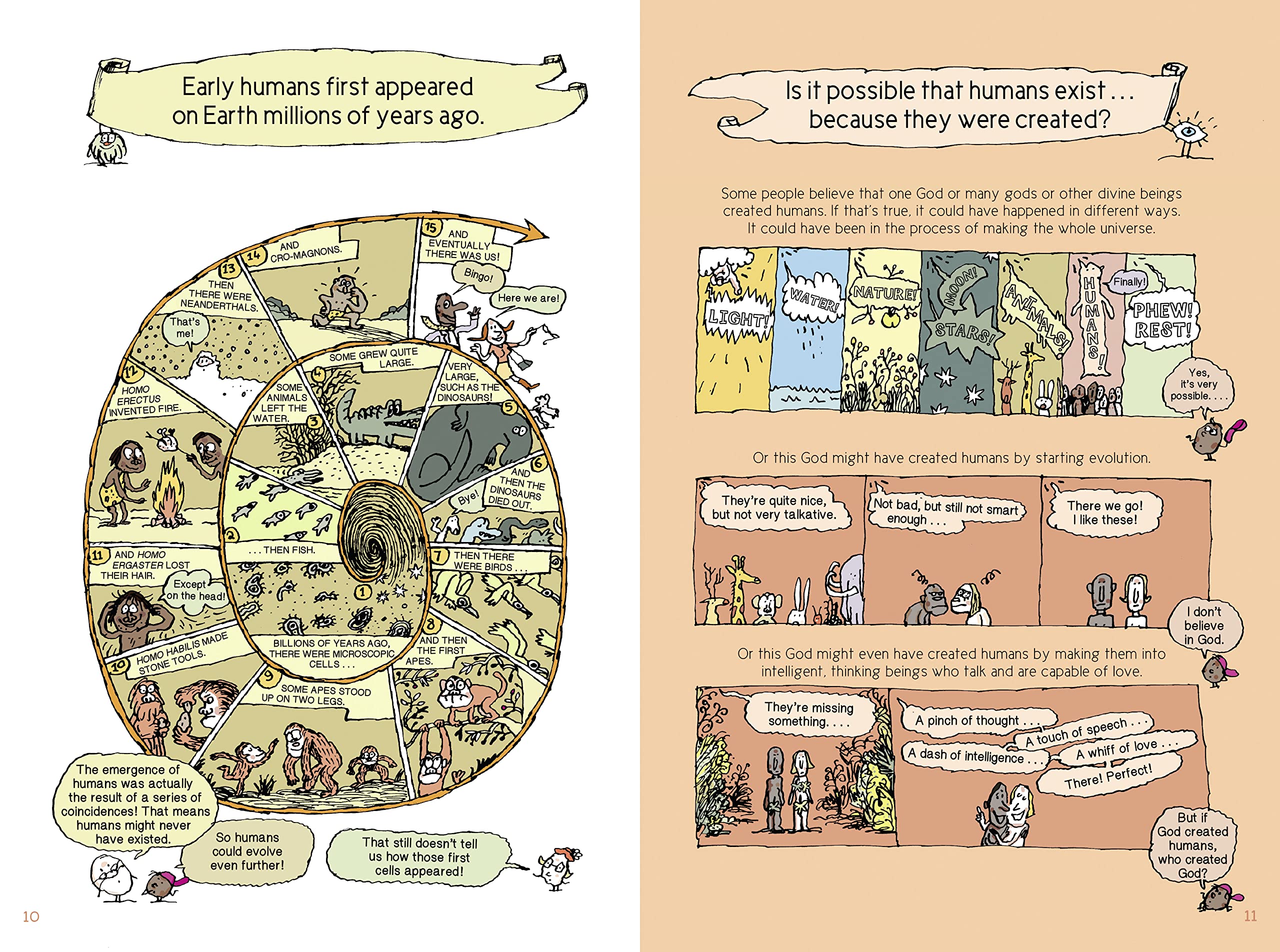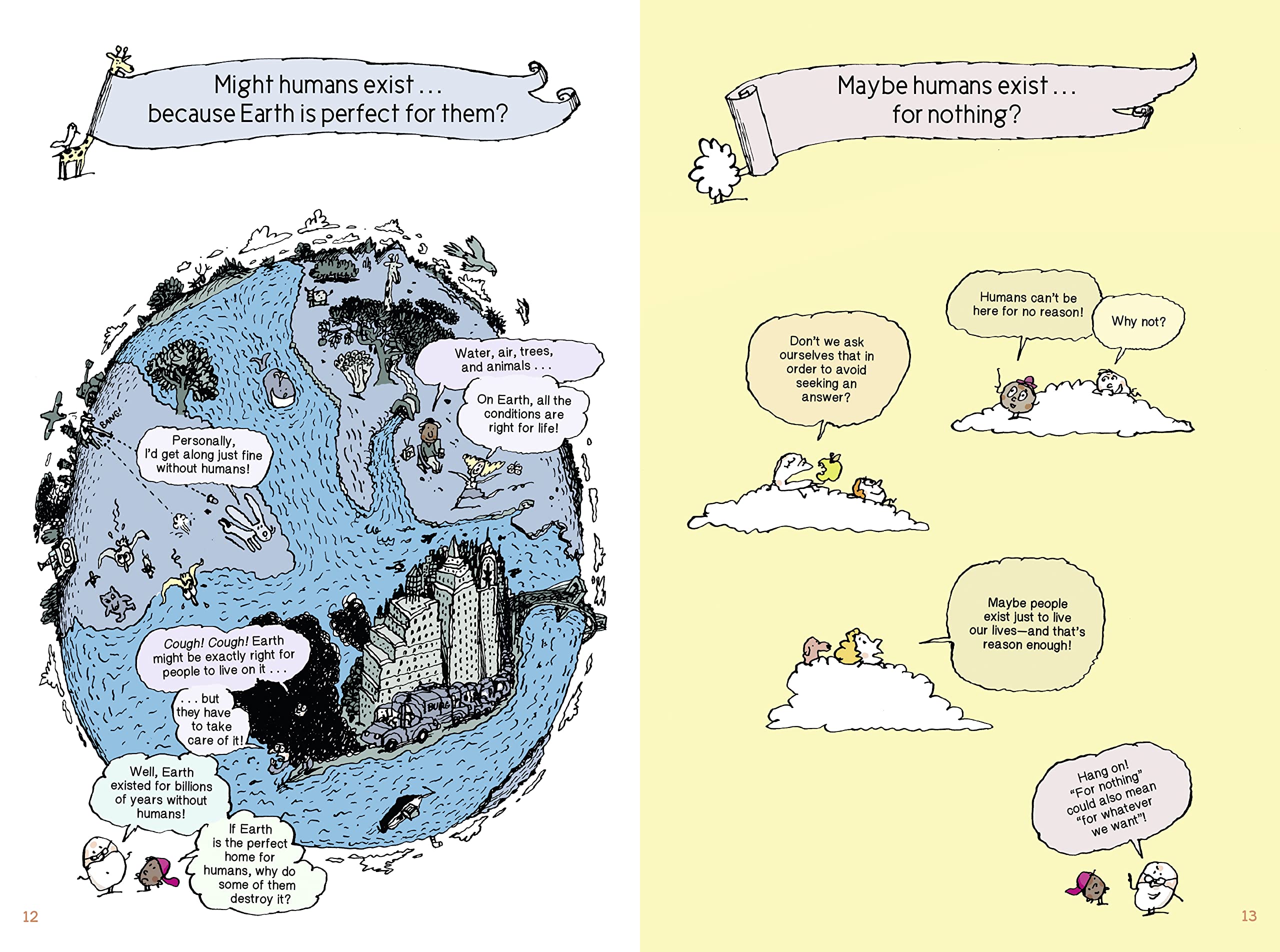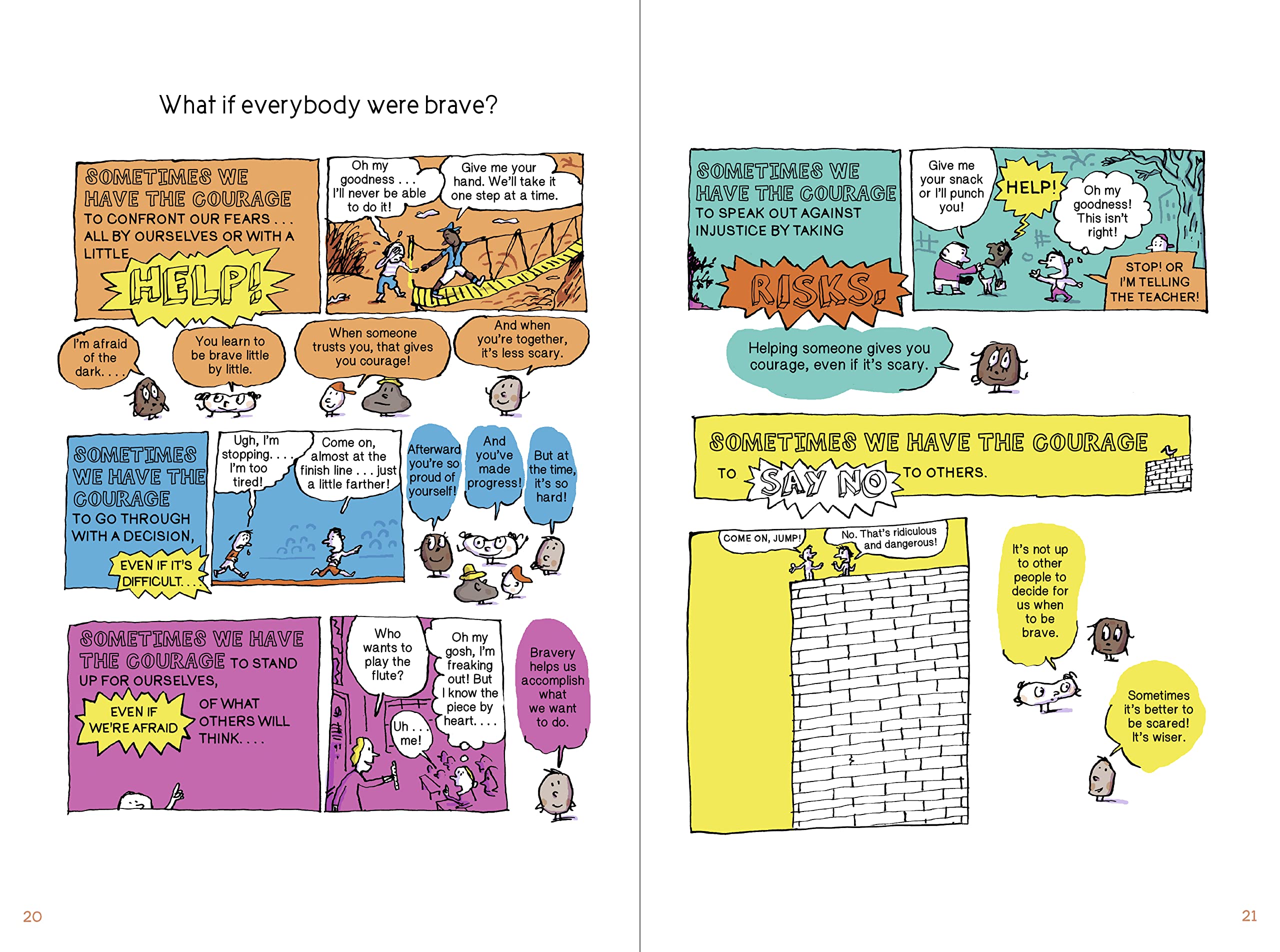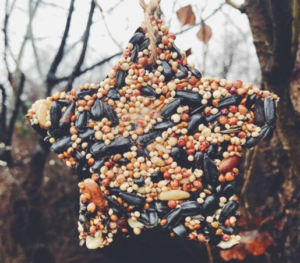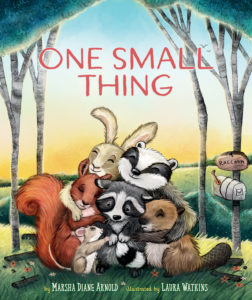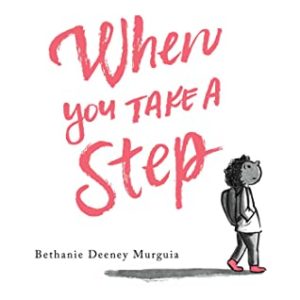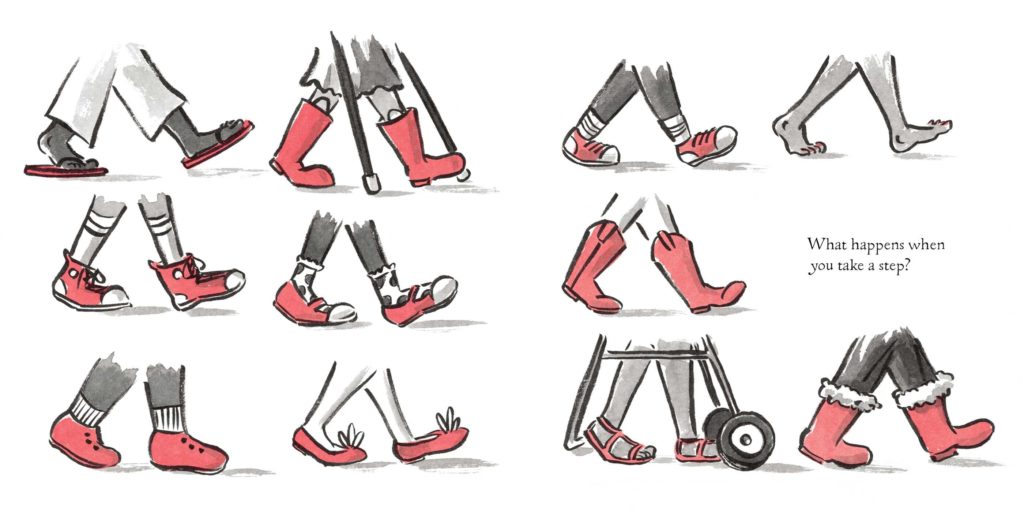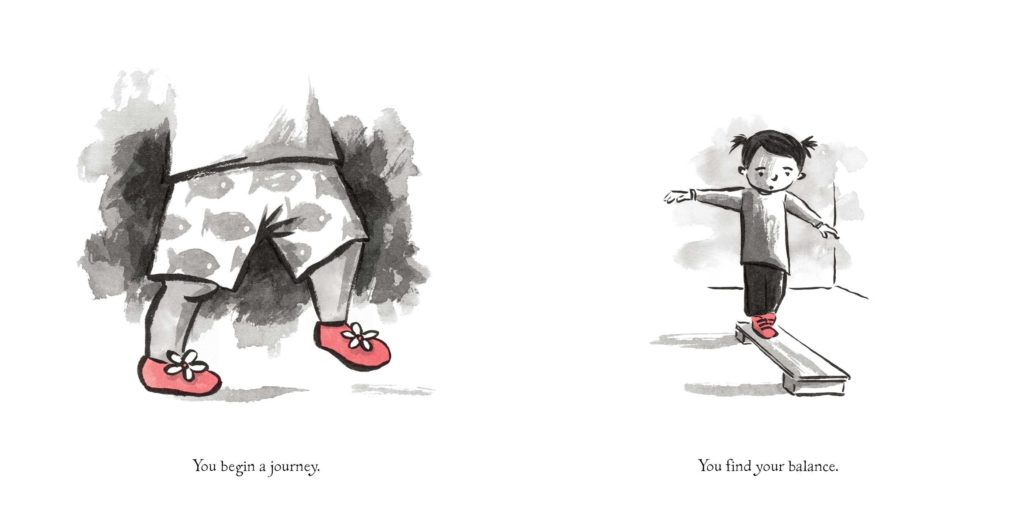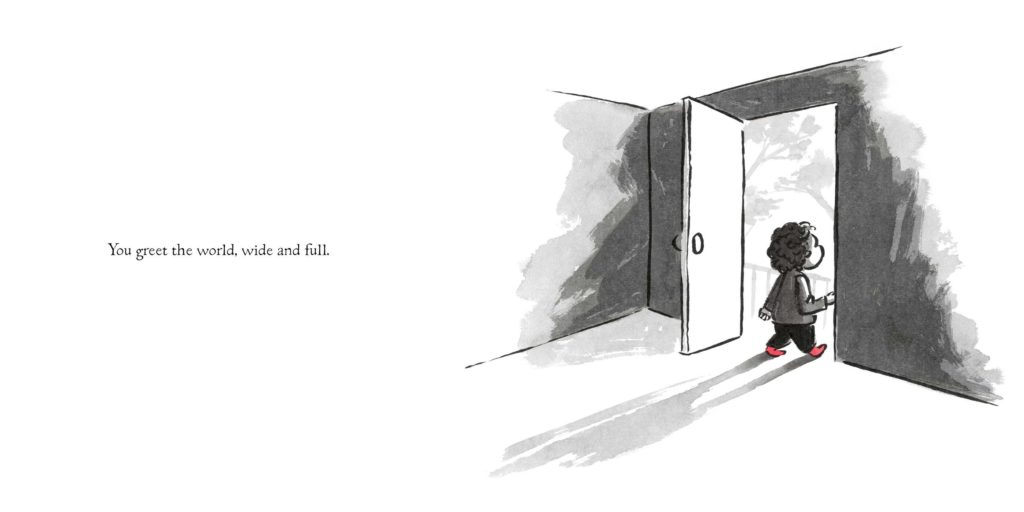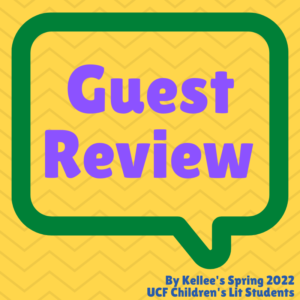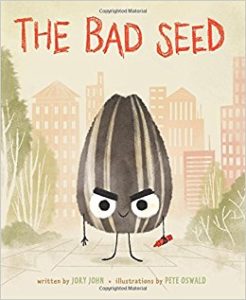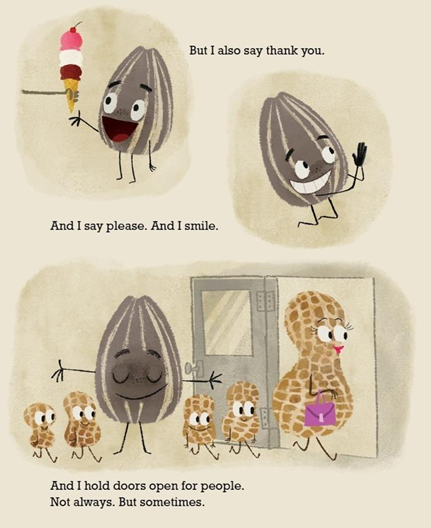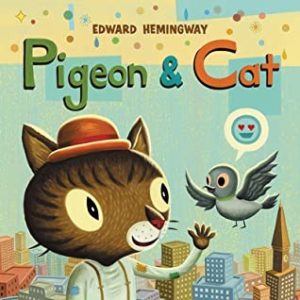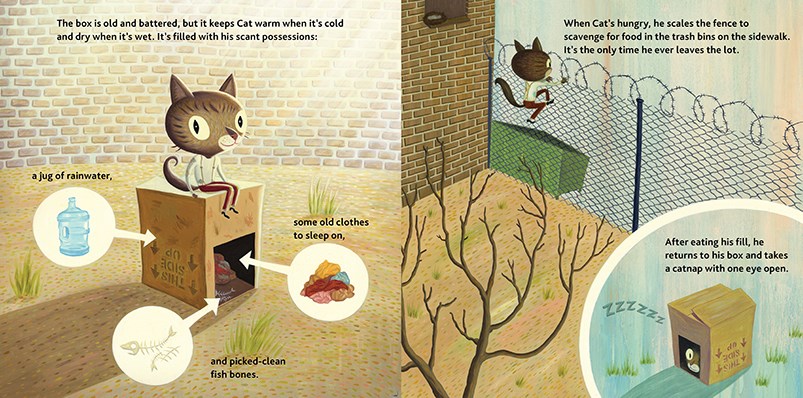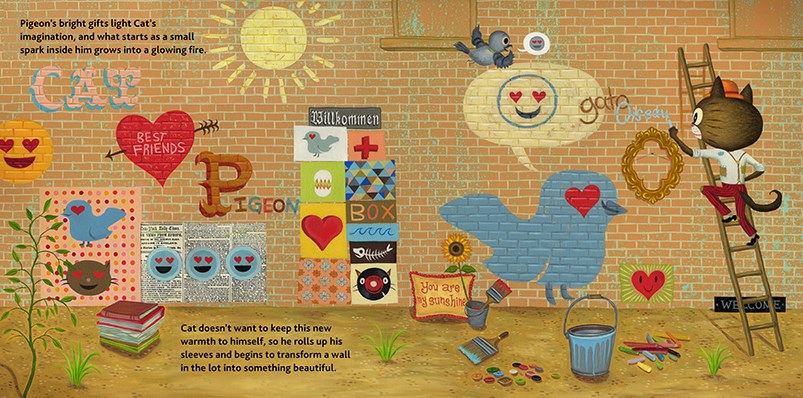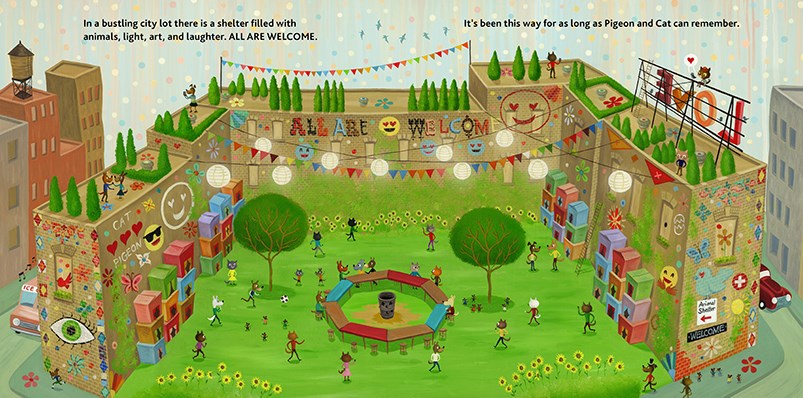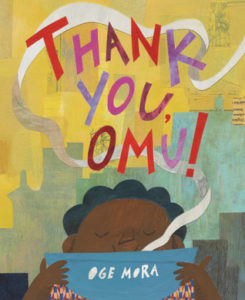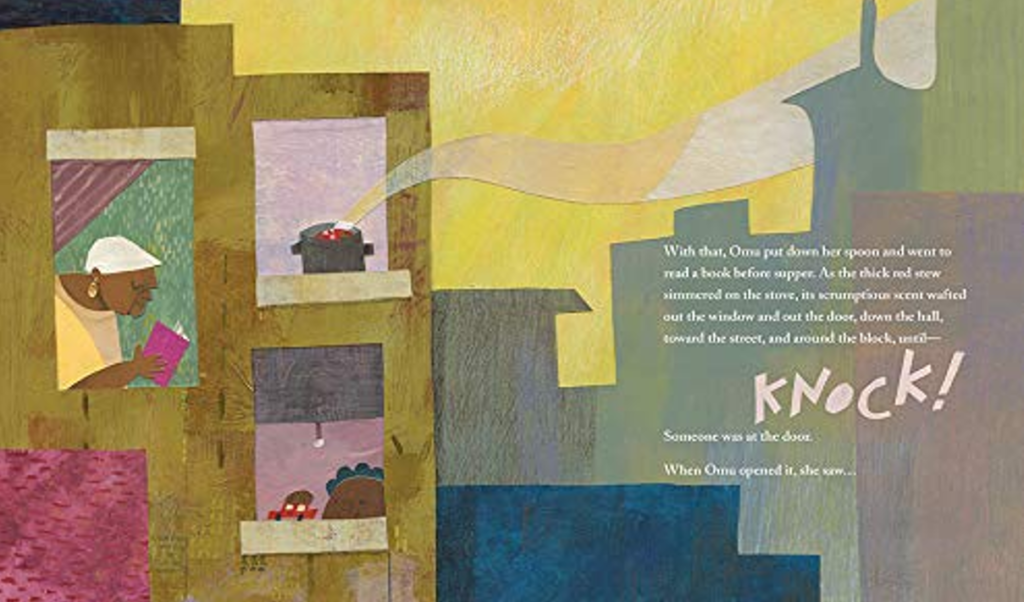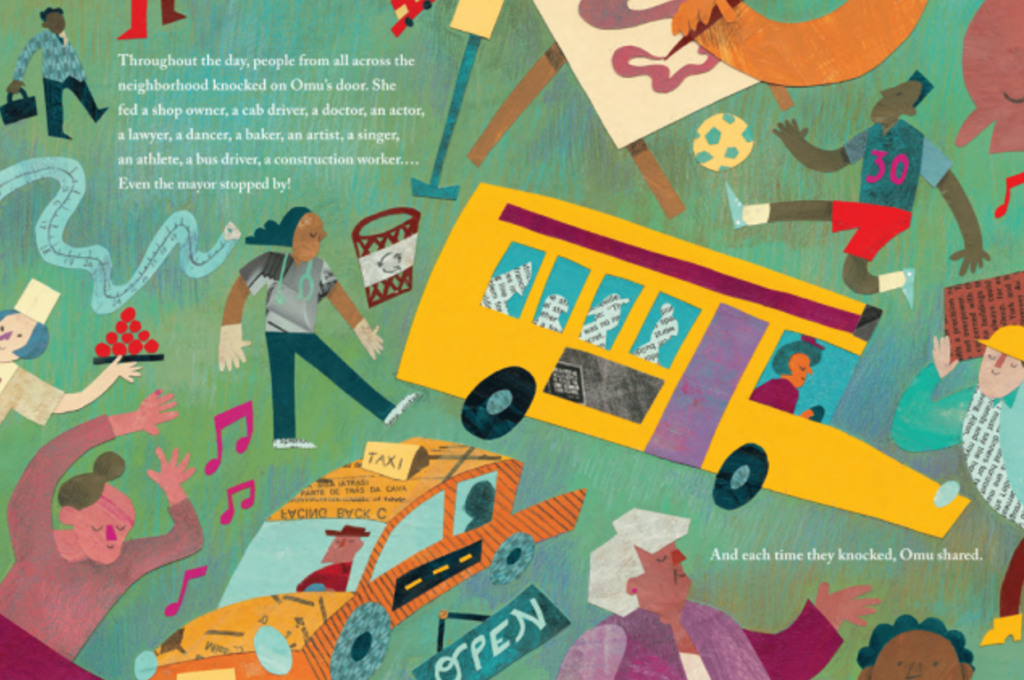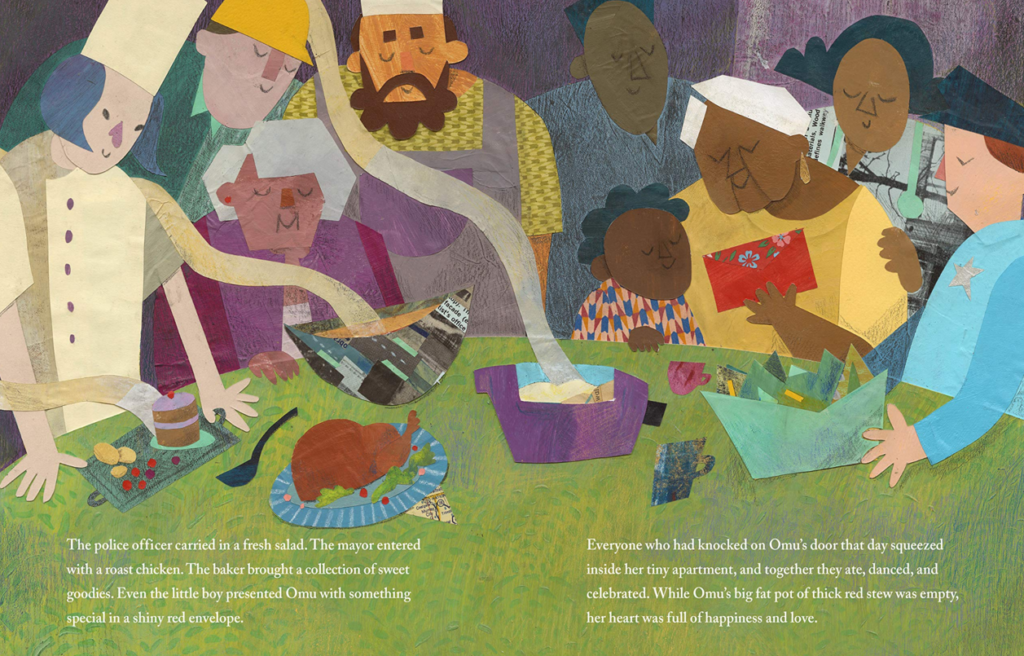“Big Ideas: Ways of Making Abstract Concepts More Tangible for Students”
One of my favourite things about picture books is their ability to communicate BIG IDEAS, BIG EMOTIONS and BIG ISSUES on their relatively small pages.
In an age of book bans it’s extremely encouraging to see authors continuing to tackle these big subjects within picture books, but is it something we are doing enough of in our classrooms?
I’m an Australian teacher who has been teaching English to students in Chile for almost a decade. It can be challenging to explore BIG ideas with my ESL primary school students, who often need extra support when it comes to vocabulary or finding ways to describe these non-tangible concepts. So, what I try to do is find ways to help them visualise these abstract concepts, or make them more tangible.
Here are three examples of how I’ve done that:
- Show, don’t tell
When it comes to ESL classes, students have sometimes shown anxiety when I introduce a new concept, because while they might know what it is, they haven’t heard the term before in English, and it sounds big and scary. When starting a new unit, I’ve learned that it’s best to retain a bit of mystery, and rather than telling students what our new unit will be about, I use inquiry activities such as the Question Formulation Technique, or Project Zero’s Thinking Routines from Harvard. One example is their Name, Describe, Act activity.
Here’s how I’ve adapted that activity for my class:
I wanted to talk about fear as an emotion (a fairly abstract concept), so I displayed an emoji on the board and the students had to try to name it, describe it, and explain what sort of actions that emoji might produce.
The great thing about inquiry activities is that the students’ answers can give you a good indication about their prior knowledge on the subject, and how much support you might need to give them in the upcoming classes.
- Food is a love language!
I’ve come across quite a few language and cultural barriers since living in Chile, but one sure way of breaking them down is through food. Gosh, Chile has some incredible food! From its soft, spongy marraqueta bread, to its creamy ‘manjar’ or ‘dulce de leche’ as it’s often referred to in other countries, to its colourful rainbow of seasonal berries and fruits, there’s something here for every appetite. Food is a fantastic way to find common ground when meeting someone new, both in and out of the classroom.
Since food is so universal, I find it to be a great tool for making connections to more abstract ideas or concepts with students. When I tutored students one-on-one, I was able to bring a few snacks for us to smell and nibble on and then compare each snack to something abstract, like an emotion or even a character from a book.
If the visual aspect of food wasn’t enough for them to make connections, the students could use their sense of touch, smell and taste to make surprising connections to those intangible concepts. I once heard that watermelon was chosen to represent fear, because of all of those scary dark seeds that are hidden within. Who would have thought?
For bigger classes at school where food sharing can sometimes be tricky or not allowed, you can always show high resolution pictures or videos. The Hiho Kids channel on YouTube has a lot of cute videos of children trying food from around the world.
- Differentiation is key
If food isn’t your thing, you might like to get your students to choose how they would like to describe a concept in a more tangible way.
For example, if you are exploring ‘fear’, they could choose between one of the following options:
- If they had to write a letter to their fear, what would they say to it? Here you can always use vocabulary lists for extra support.
- How would they represent fear in a dance? What music genre would they dance to?
- What about a meme? If they had to sum up what their fear looks like in one meme or gif, what would it be?
- How would they draw their fear? What does fear look like to them?
If you’re wondering why I’ve used fear as an example in my activities, it’s because it’s something that I feel we need to talk more about. As teachers we often have a lot of social-emotional check-ins with our students about how they are feeling, but sometimes we need to dig deeper and look at their current fears in order to understand why someone might be feeling a certain way.
Fear can be tough to explore, so I wrote a picture book about it.
Published
About the Book: In my picture book, Feeling Hopeful, Hope takes on the form of a happy, somersaulting dragon, who is hunting Fear. Fear appears as a creature that likes to climb on children so they feel its full weight and presence. Don’t worry though, there is a happy ending!
Far above the world, Hope the dragon somersaults through the sky, protecting those below. But he encounters a formidable opponent in Fear. Fear proves no match for Hope, until he meets a curious character, The Reader. And it’s inside The Reader’s vast library that Hope finds what he’s looking for, plus much more…
This lyrical story has an uplifting SEL message and contains themes of hope, fear, the importance of reading and friendship. While this book is marketed at a younger audience of up to six years old, I’ve used it with students up to 11 years old, and all of them have been able to make surprising, honest and beautiful connections.
That’s the beauty of working with BIG ideas, emotions and issues – they really have no age limit.
You can find a free teaching resource for Feeling Hopeful on my website at https://www.laurawippell.com/resources, which contains activities aimed at helping students visualise hope and fear. Please feel free to reach out with comments or questions via my contact page.
About the Author: Laura is a children’s author. In 2022, she won the Bee Ethicool author contest, which received over five thousand entries. Laura’s debut picture book, Feeling Hopeful, is out now with Ethicool Books. As an Australian living in Chile, Laura loves writing imaginative children’s books that make you feel local, and think global. Laura has a background in Education, and is passionate about sharing her books with children and educators around the world. Visit her at https://www.laurawippell.com/
Thank you, Laura, for these activities for the classroom!
